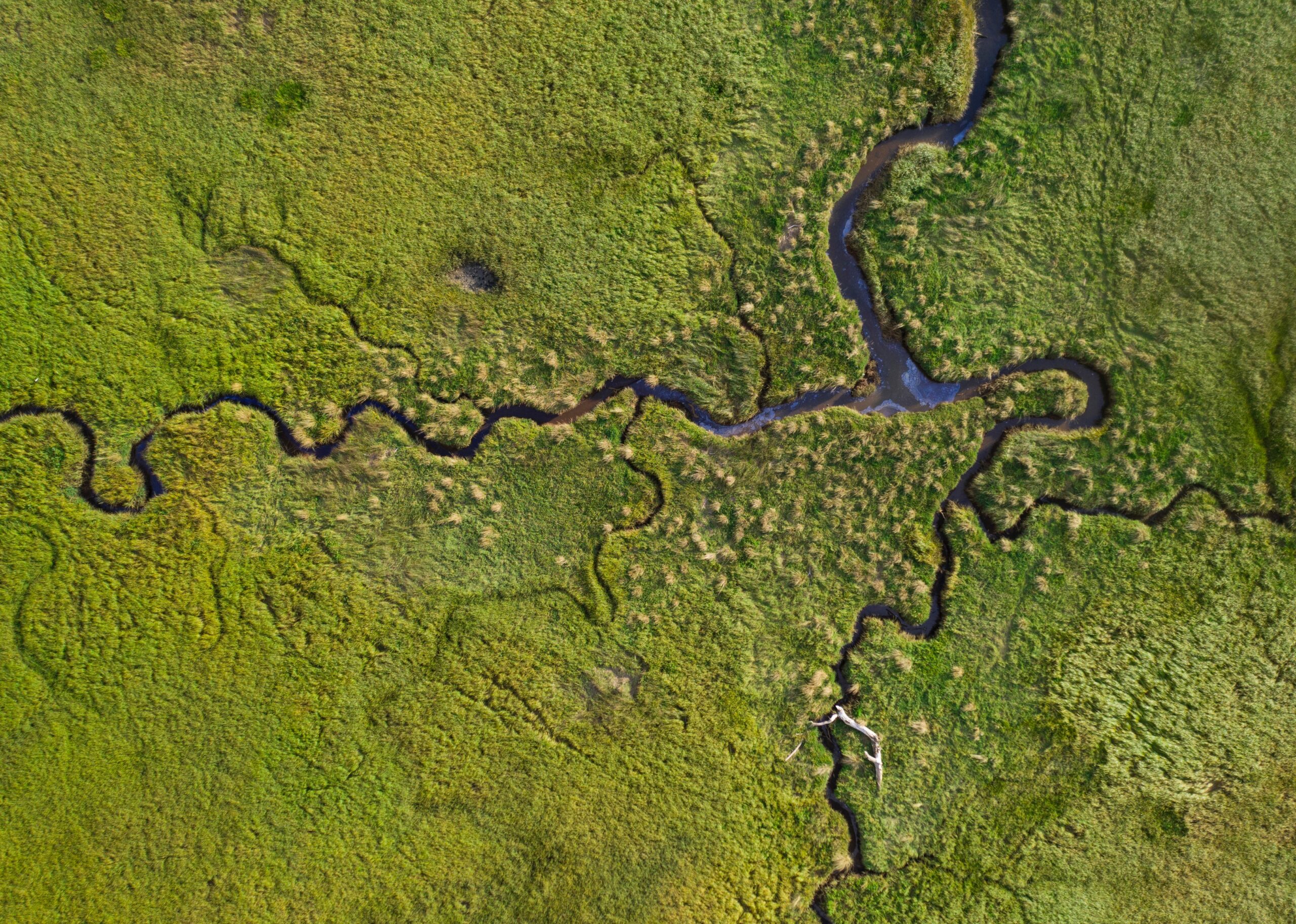Last week, the Environmental Protection Agency announced a consequential change to federal regulations that define “navigable waters” under the Clean Water Act. The new rules maintain protection of many categories of waters but significantly reduce the range of protected wetlands.
Under federal law, the Clean Water Act prohibits discharges of pollutants from point sources to “navigable waters,” also referred to as “waters of the United States” (or WOTUS), unless permitted by either the EPA or the Army Corps of Engineers. The definition of these waters, therefore, sets the boundaries of these federal agencies’ authority.
The newly announced Navigable Waters Protection Rule replaces a broader definition from 2015. Federal courts have ruled that the 2015 definition was more expansive than the statute and the Constitution allow. As a result, the new definition protects many, but not all, of the waters that the prior one did.
Agency regulations divide protected waters into categories. They start with the oceans, then move upstream to navigable rivers and lakes that flow into the oceans, then continue farther upstream to non-navigable tributaries, and eventually reach impoundments, smaller lakes and ponds, and ultimately wetlands, some of which are directly connected to a downstream tributary network, and others that aren’t but have some other type of ecological relationship.
This summary identifies some of the similarities and differences between the new regulation and the prior one using this “oceans to wetlands” schema.
The Territorial Seas
Both the 2015 and 2020 regulations include “the territorial seas” as protected navigable waters under the Clean Water Act. The act itself defines navigable waters to include the territorial seas, which generally means the oceans out to three miles offshore. This aspect of the law protects against offshore discharges from sewage plants, power plants, factories, and oceangoing vessels.
Waters Used in Commerce
The 2015 and 2020 regulations both include waters that are, were, or could be used in interstate or foreign commerce, including all waters subject to the ebb and flow of the tide.
This category includes rivers and lakes that are large enough that they are used to ship goods in commerce, such as the Great Lakes, the Hudson River, the Mississippi, the Columbia River, the Sacramento River, and similar water bodies.
Waters used in commerce also arguably include smaller rivers and creeks that are not used to ship goods but are used in interstate commerce in other ways, including recreation such as kayaking and canoeing. The text of the new regulation continues the old regulation’s protection of these waters.
Tributaries
This is the first category where the new regulation makes changes. The 2015 definition included all smaller tributary streams as long as they exhibit a bed and bank. This included everything from small year-round creeks to washes and arroyos where water flows only during rainfall—one aspect of the 2015 definition that federal courts ruled to be excessive.
The new regulation still includes small year-round creeks and small streams that typically flow only certain times of the year. But it removes ephemeral tributaries, which flow only during precipitation. Frequently, these ephemeral drainages make up the outer edges of a tributary network, farthest from the downstream waters that flow year-round. The new definition also removes the requirement of a bed and bank for a small stream to be regulated, which may expand Clean Water Act authority in some cases.
Ditches
Both the 2015 and the 2020 definitions exclude certain ditches that do not meet the definitions of waters used in commerce or of tributaries. The 2015 regulation excluded ditches with ephemeral flow and ones with intermittent flow that did not drain wetlands, as well as ditches that did not ultimately drain to other regulated waters.
The new definition excludes all ditches, including those that flow year-round, as long as they are not waters used in commerce or are tributaries.
Lakes and Ponds
Both rules protect lakes and ponds, including ones too small to be used to transport goods or otherwise be used in interstate commerce. The 2015 definition included all such lakes and ponds within 1,500 feet of a tributary, as well as certain others as far as 4,000 feet away from a tributary or other regulated water. No surface water connection was required to any downstream tributary or other water feature.
The new definition includes only lakes and ponds from which water typically drains to downstream tributaries or other features. It doesn’t matter how far the lake or pond is from the downstream tributary to which it drains, nor does it matter how little or infrequent the drainage is.
Impoundments
Impoundments are reservoirs and other stored water features. Both the 2015 and 2020 definitions include impoundments.
The 2015 regulation had a broad exception from the impoundment category for artificial lakes and ponds built in uplands, like irrigation and stock ponds. The 2020 definition has a narrower exception: Artificial lakes and ponds are regulated if they drain, even only occasionally, to regulated tributaries.
Wetlands
Wetlands are inundated areas of hydric soils that grow plants adapted to inundated conditions. The 2015 regulation included wetlands on the same basis as lakes and ponds: Any wetlands within 1,500 feet of other regulated waters, and certain others up to 4,000 feet away, were included.
The 2020 definition includes only wetlands that directly abut other regulated waters or are separated from other regulated waters only by natural berms, banks, dunes, or permeable artificial barriers such as dikes, levees, or roads. Wetlands separated by artificial barriers that do not allow a surface hydrological connection to other regulated waters are not regulated under the new rule. Wetlands that are farther removed are not regulated under the new definition.




